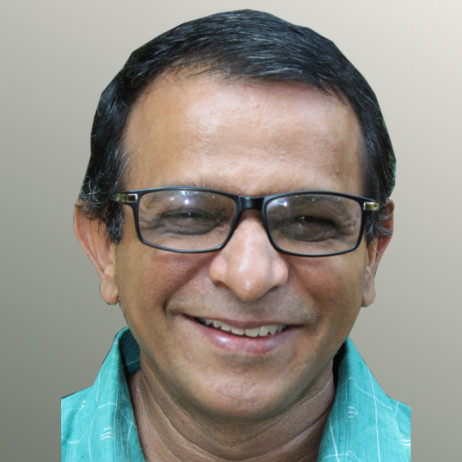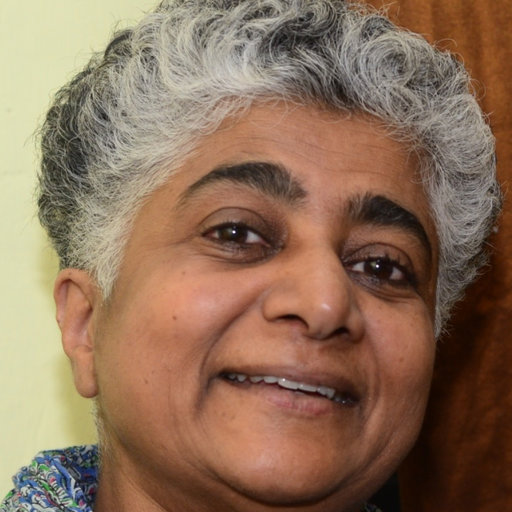About Program
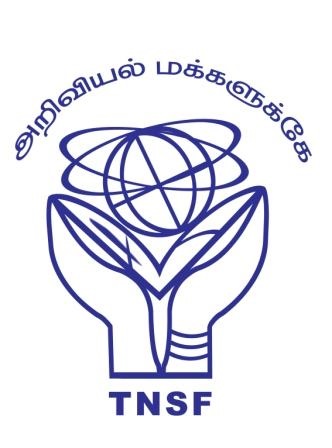
This is part of its efforts to popularize science to the general public and students who are pursuing science as their career. TNSF attempt to focus on students on higher science as everyone knows that learning of science at college within the curriculum is not enough to acquire holistic knowledge of science at the appropriate time. Hence, to fill the gap between what students are acquiring through the curriculum and what it is required, TNSF is planning its activities on higher science to students who are pursuing higher education
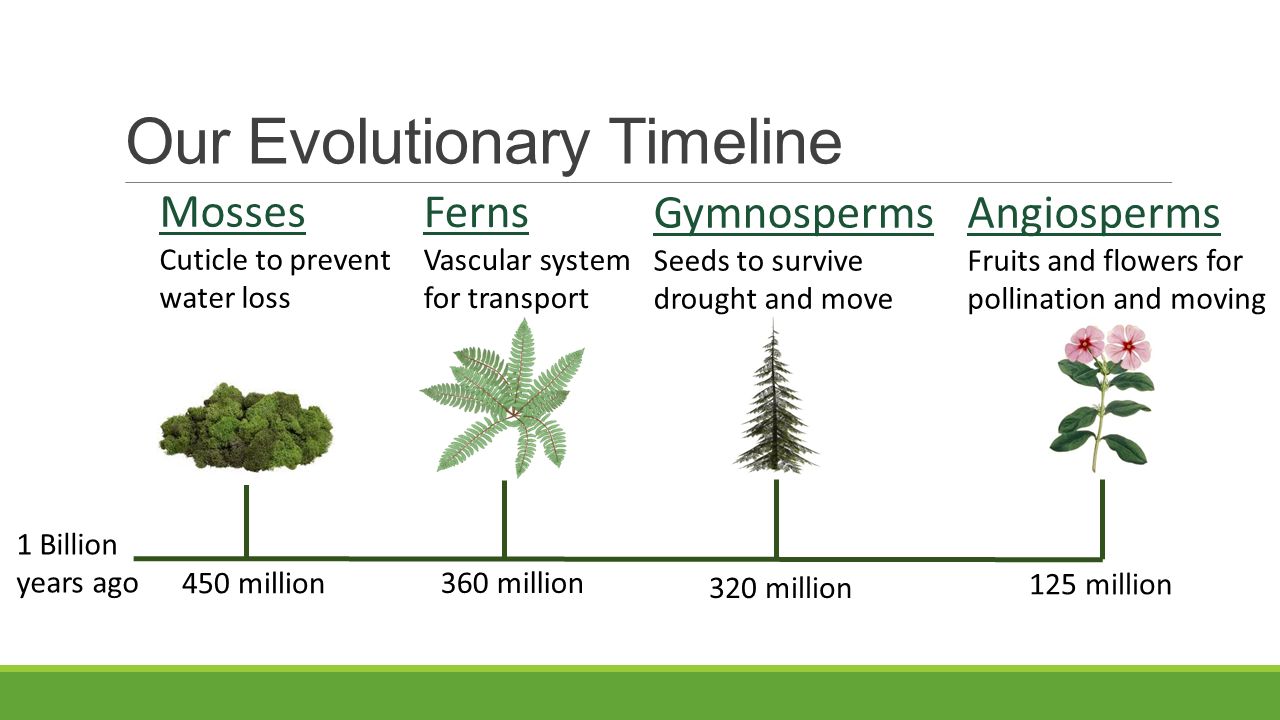
Evolutionary biology is the subfield of biology that studies the evolutionary processes that produced the diversity of life on Earth, starting from a single common ancestor. These processes include natural selection, common descent, and speciation. The idea of evolution by natural selection was proposed by Charles Darwin in 1859, but evolutionary biology, as an academic discipline in its own right, emerged during the period of the modern synthesis in the 1930s and 1940s.
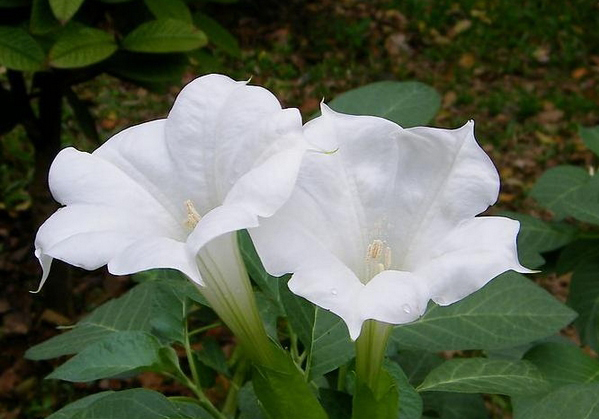
Datura is a small genus of the family Solanaceae, which also contains plants such as potatoes, tomatoes and brinjal. Datura is a plant that is familiar in a range of contexts – medicinal, artistic, religious, folk, social – to those of us living in the Indian subcontinent (South Asia). These poisonous plants go by a large number of different names, including Umattam in Tamil; the Sanskrit “dhattura” was used to assign the Latin name to the genus. Five of the 12 species in this genus are known to occur in India and in other parts of Asia and Africa, while all 12 species are found in North America, mainly in Mexico. The presence of five species in Asia and America, separated by vast oceans, raises the question of how this distribution came about.
Why is this a question? Why do we need the ideas of Charles Darwin and Alfred Wallace to help answer this question? What does it have to do with evolution? These questions will be addressed in the talk.
